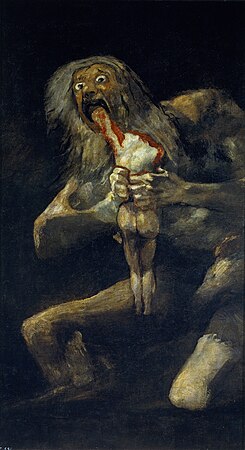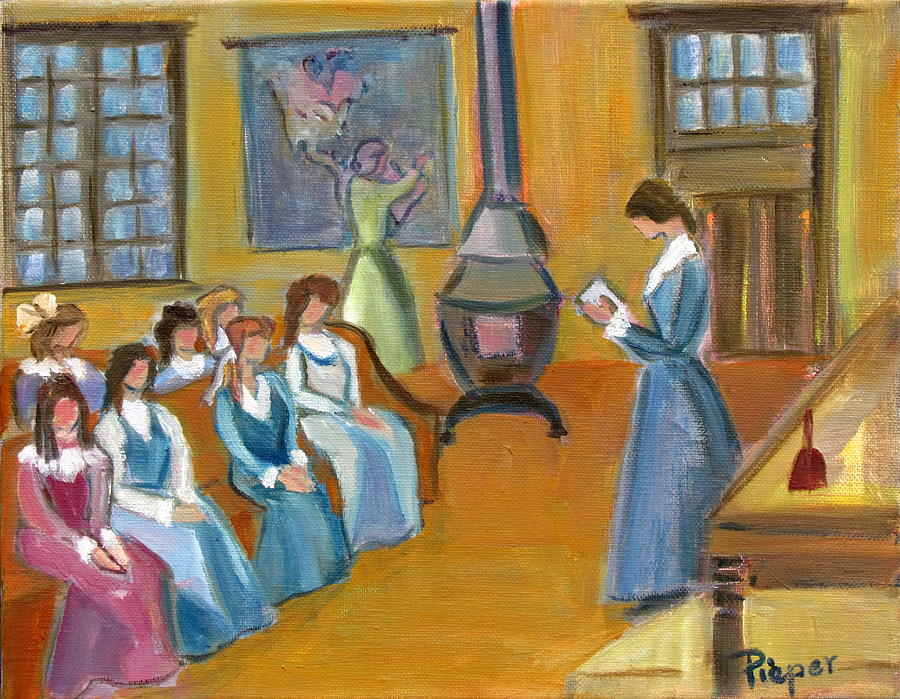C.24 Note-reading according to Jones
Aim: to practise simultaneously reading ahead in your notes without interrupting your interpreting.
You will need: speech transcript, notepad.
Take notes from the transcript of a speech. Do it relatively quickly, without going back over the speech time and time again. When you've finished, read back the speech from your notes. Try to apply the technique described by Roderick Jones below and you'll immediately see how your attention is divided between the tasks of talking, reading ahead and recalling what you've read.
There is a specific technique that interpreters can try to develop, and which can be compared to a pianist reading music while playing but not sight-reading. The pianist who has practised a piece is in a similar situation to the consecutive interpreter: essentially they know what they want to play but the sheet-music is there to remind them. The pianist looks at the opening bars and then starts playing, and continues reading ahead of the notes they are playing, their eyes on the music always being a little ahead of their fingers on the keyboard. Similarly the interpreter should look at the first page of their notes then start speaking while looking up at their audience. As the interpreter moves towards the end of the passage they have looked at, they glance down at their notes again to read the next passage. In other words they do not wait until they finished one passage to look again at their notes, which would mean that the interpretation would become jerky, reading then speaking, reading then speaking. Rather the interpreter, while still talking, is already reading ahead, preparing the next passage, thus providing for a smooth, uninterrupted and efficient interpretation.
Source: Jones 1998: 64 (Gillies) Gillies, Andrew. Conference Interpreting. Routledge, 20130724. VitalBook file.








